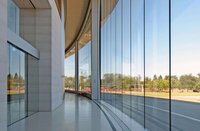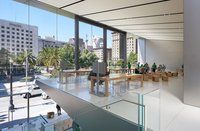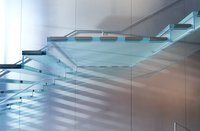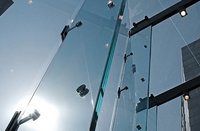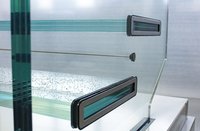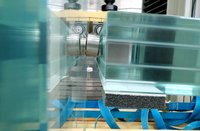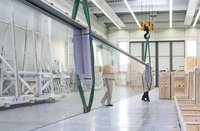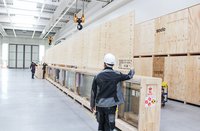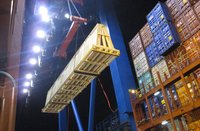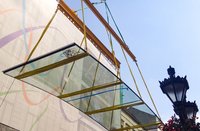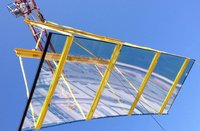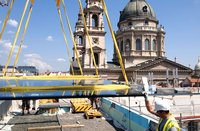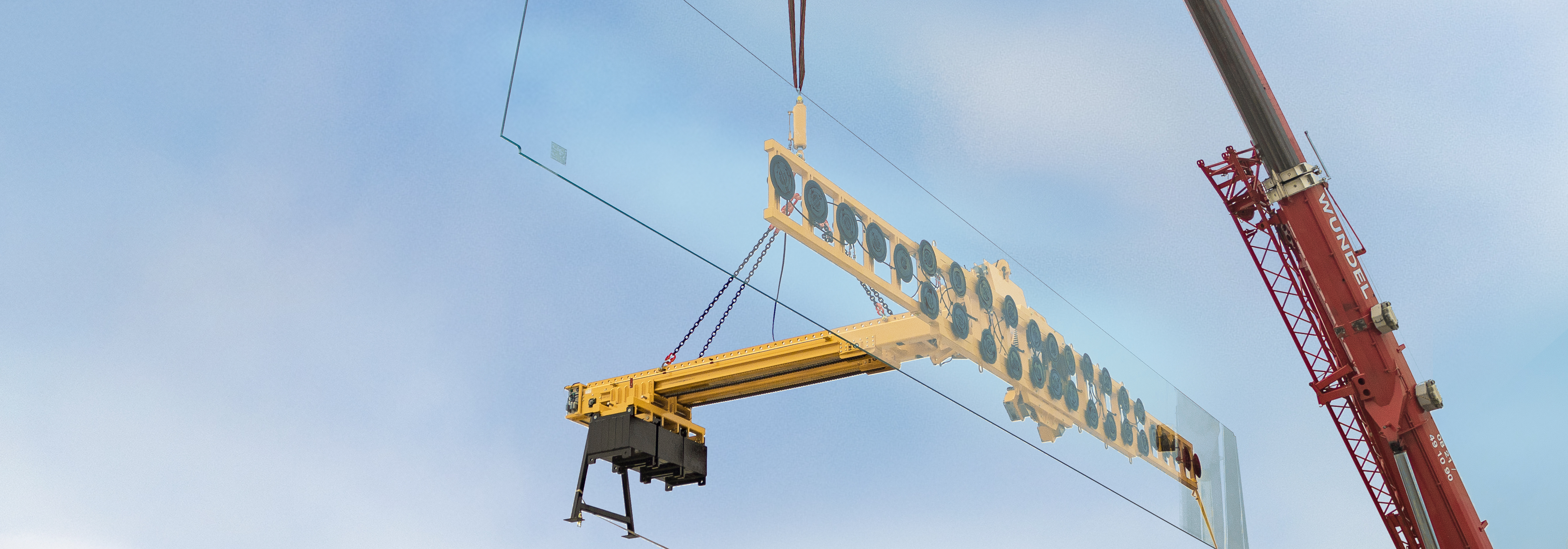
structural glass by seele: taking the load in architecture
Façade construction specialist seele develops innovative methods and design principles so that glass can be used in its purest form. Structural glass, i.e. all-glass, creations by seele are just as complex as they are minimalistic. Minimalist, maximum transparency, large glass formats, amazing attention to detail – those are the attributes of the building envelopes that seele creates for world-famous architects. You will look in vain for the fixings. It is the glass itself that carries heavy loads via shear-resistant interlayers. That opens up totally new possibilities for glass roofs and façades as well as glass balustrades, stairs and bridges in the interior. Minimalist metal fittings are either laminated between the individual glass plies or fixed in resin-grouted holes. The fittings join glass stair treads to glass stair strings or the glass outer envelope to the glass fins of a façade. Tailor-made fittings in stainless steel or titanium accommodate tolerances and transfer loads into the glass exactly as planned. They join panes along vertical joints to continuous glass fins, which, like glass beams as well, function as load-bearing members.
The future is made of glass
seele uses large-format bent or flat panes to create sophisticated structural glass designs – also for earthquake zones such as California and Japan. Advanced techniques and innovative solutions for details and connections give rise to new architectural options. The great skills and broad experience of seele’s experts can also be seen when using large insulating glass units and solar-control coatings.
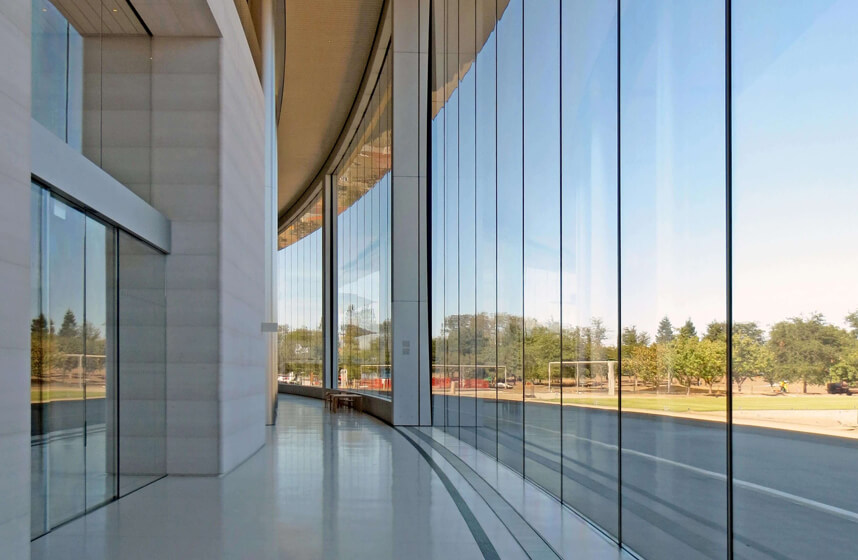
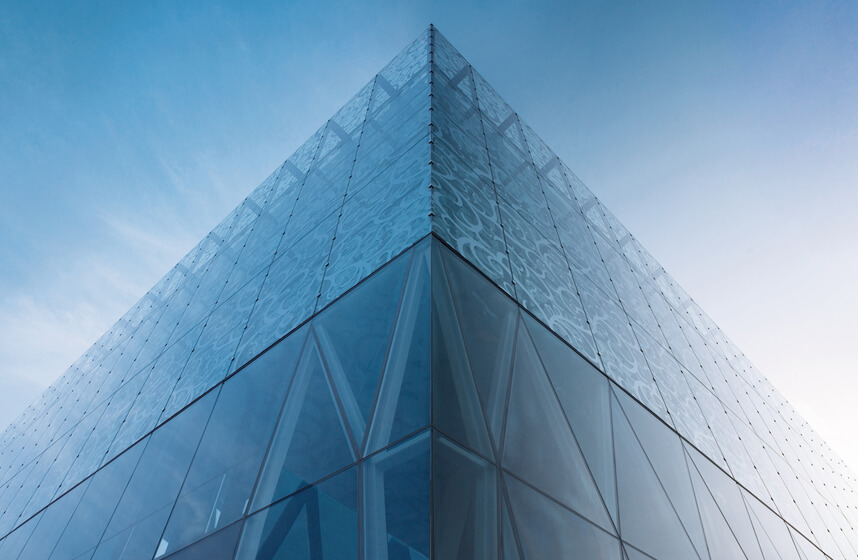
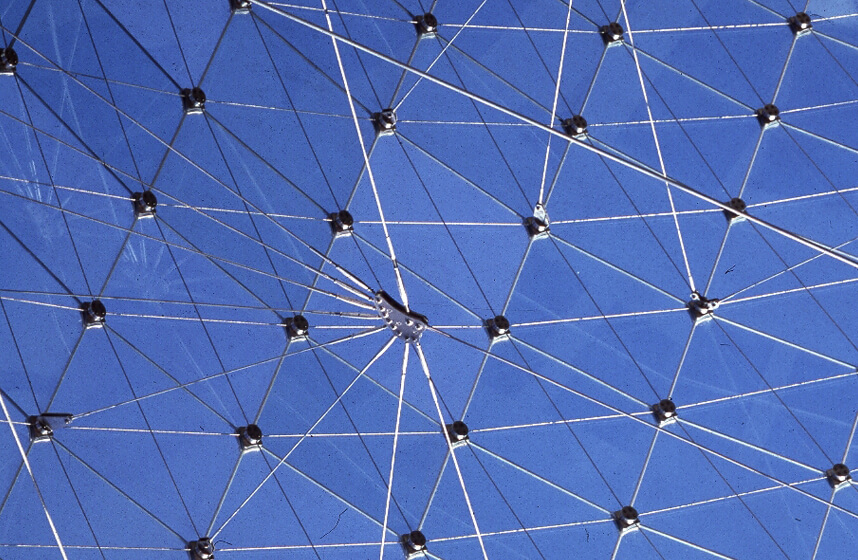
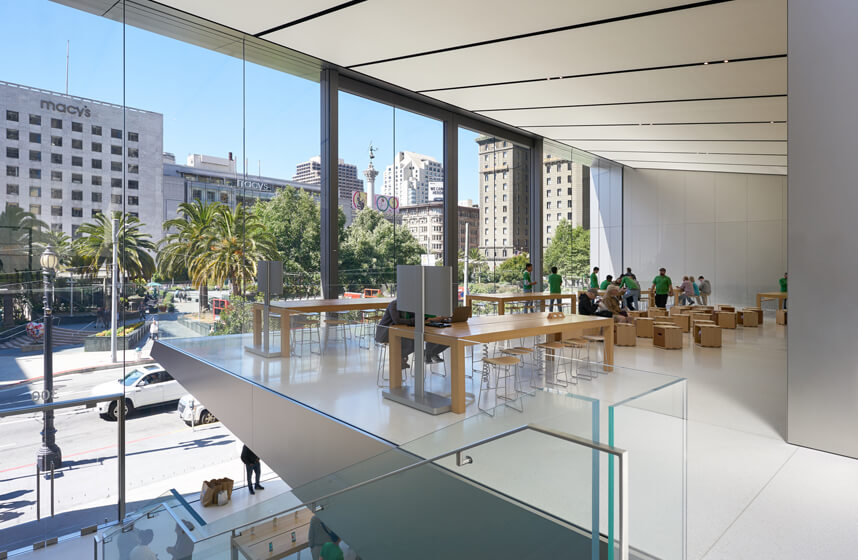
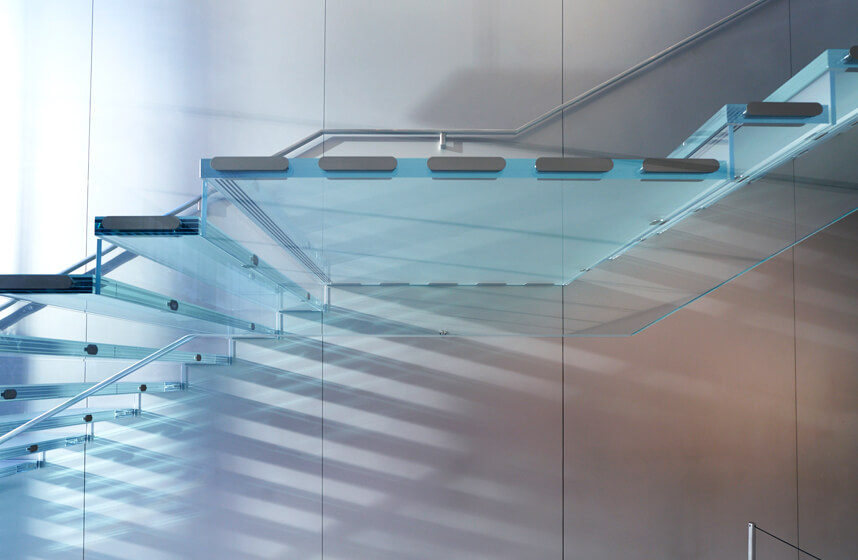
One of seele’s domains: mastery of all aspects of structural glass
Intelligent planning and precise realisation are essential for developing the full potential of structural glass. seele builds full-size mock-ups to test structural glass designs, fittings, structural glazing adhesive joints and establish load-bearing and residual load-bearing capacities and provides all project services, including logistics and erection. Specially developed vacuum lifters and erection gear are available to handle large pane formats. The experienced seele erection crews work with maximum precision to ensure that large panes up to 48sqm in size are installed with millimetre accuracy.
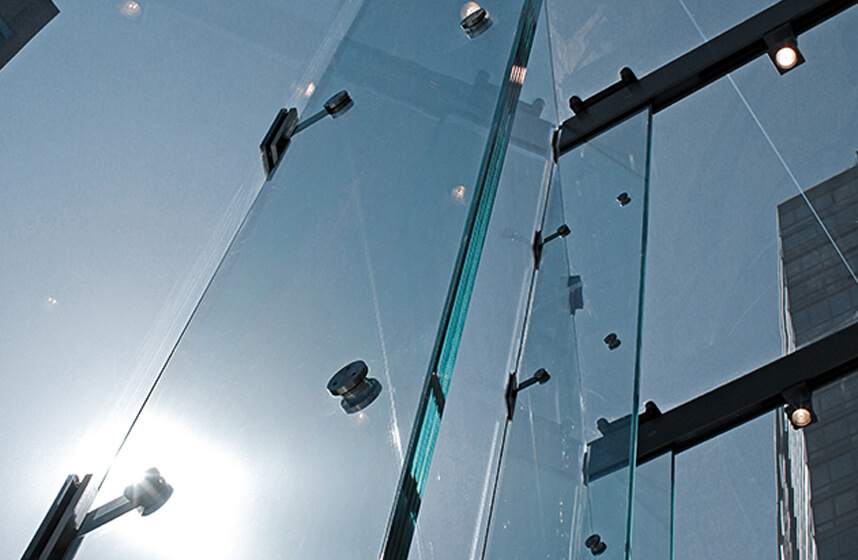
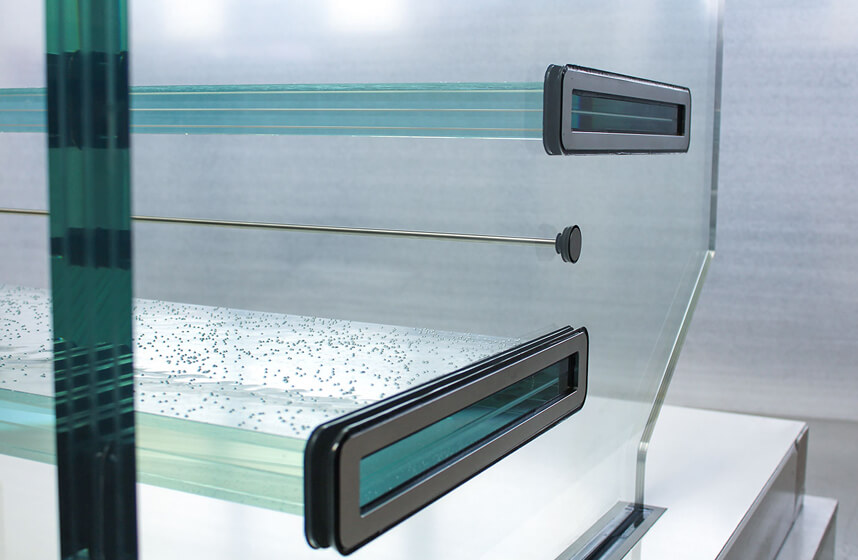
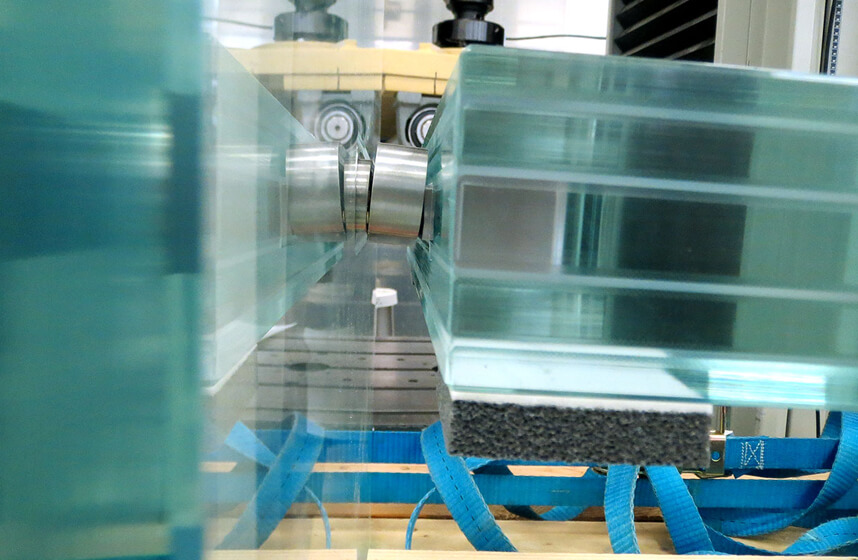
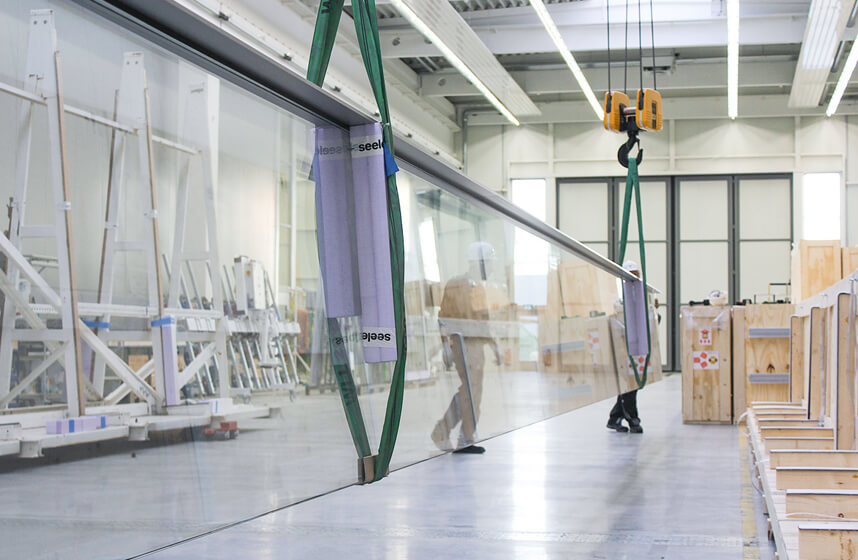
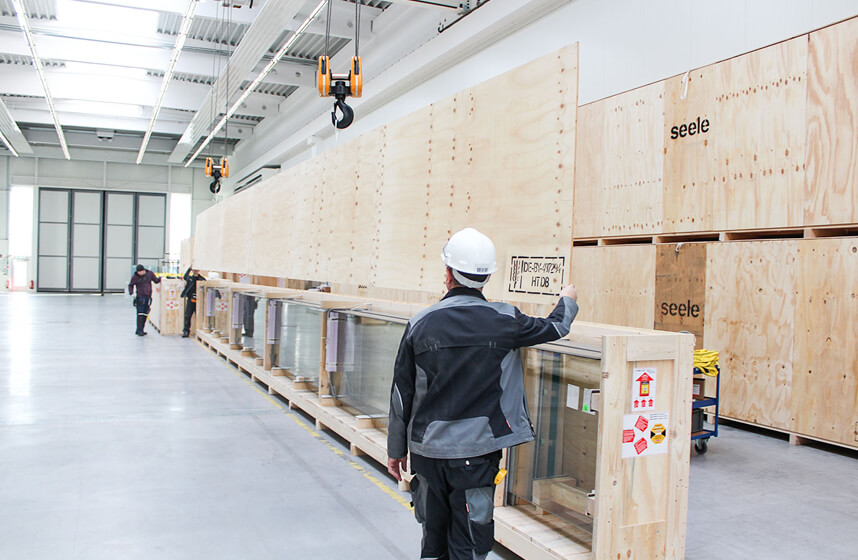
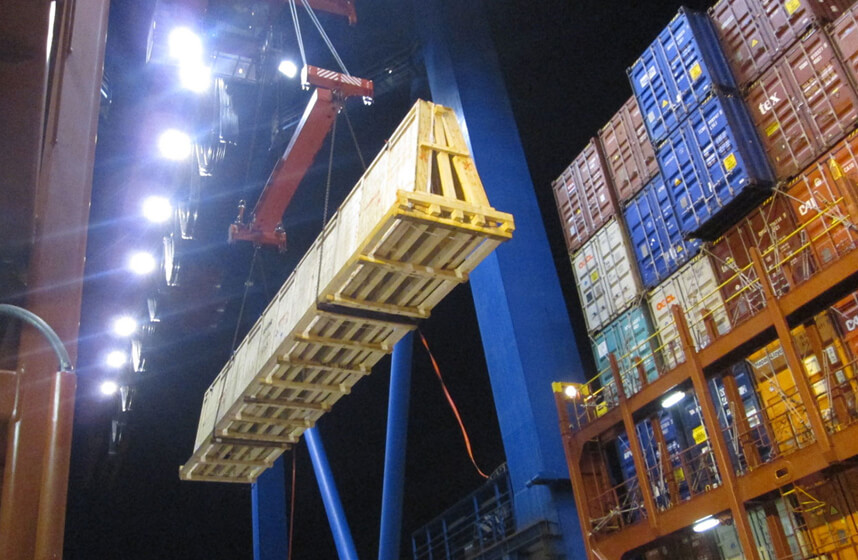
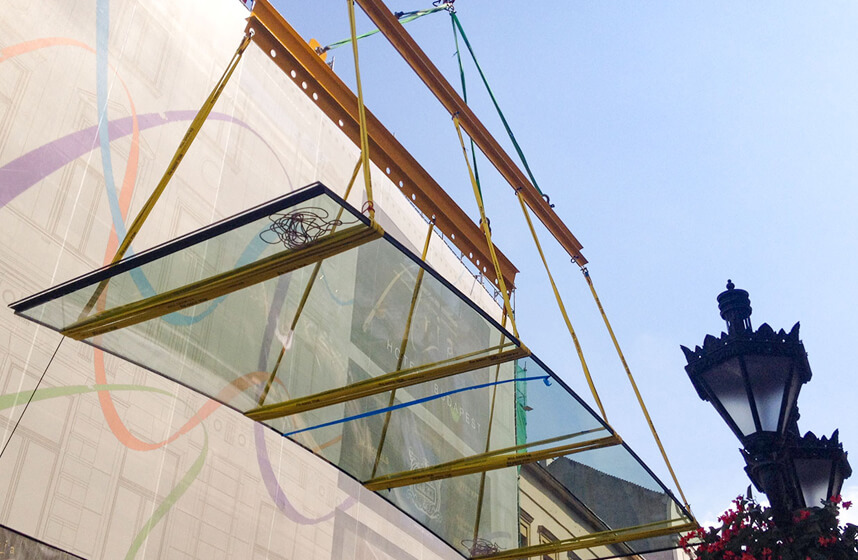
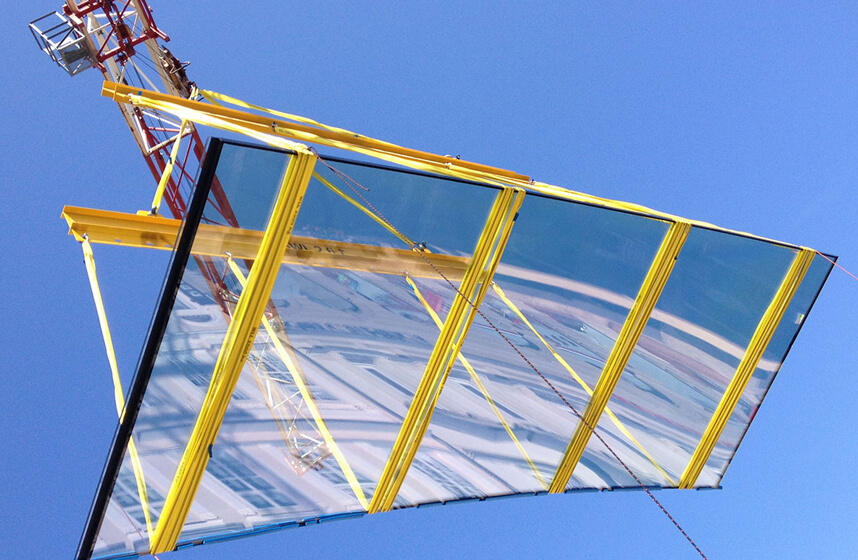
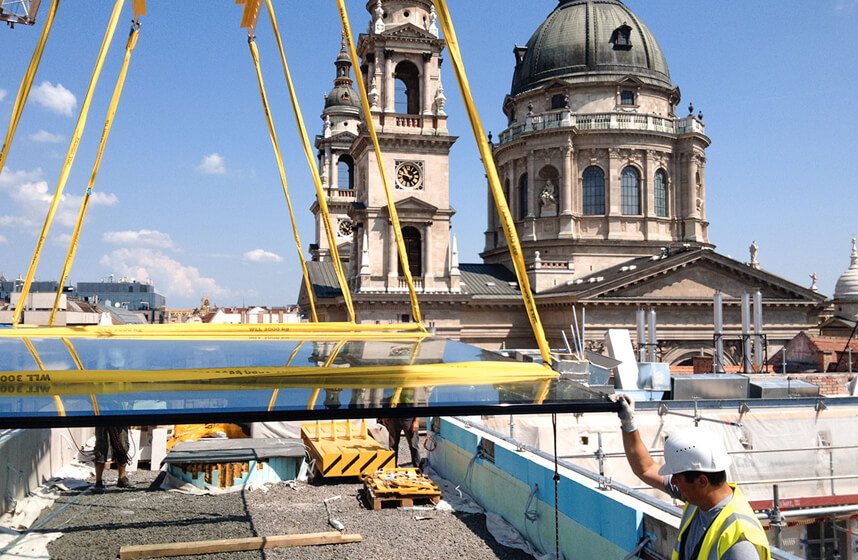
References
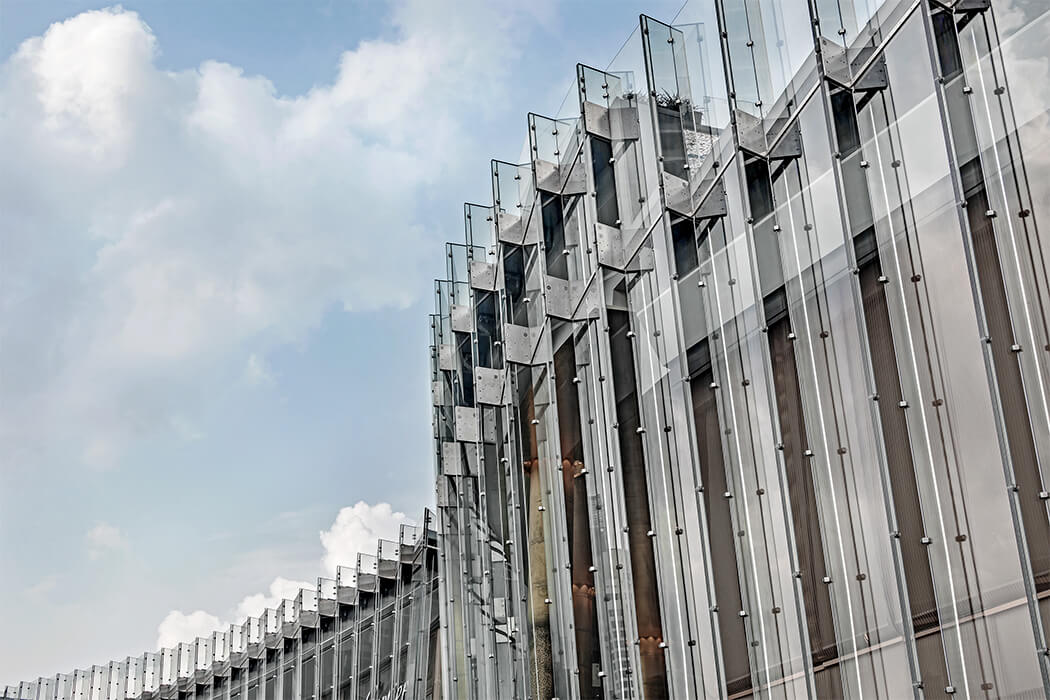
ICONSIAM
Bangkok, Thailand
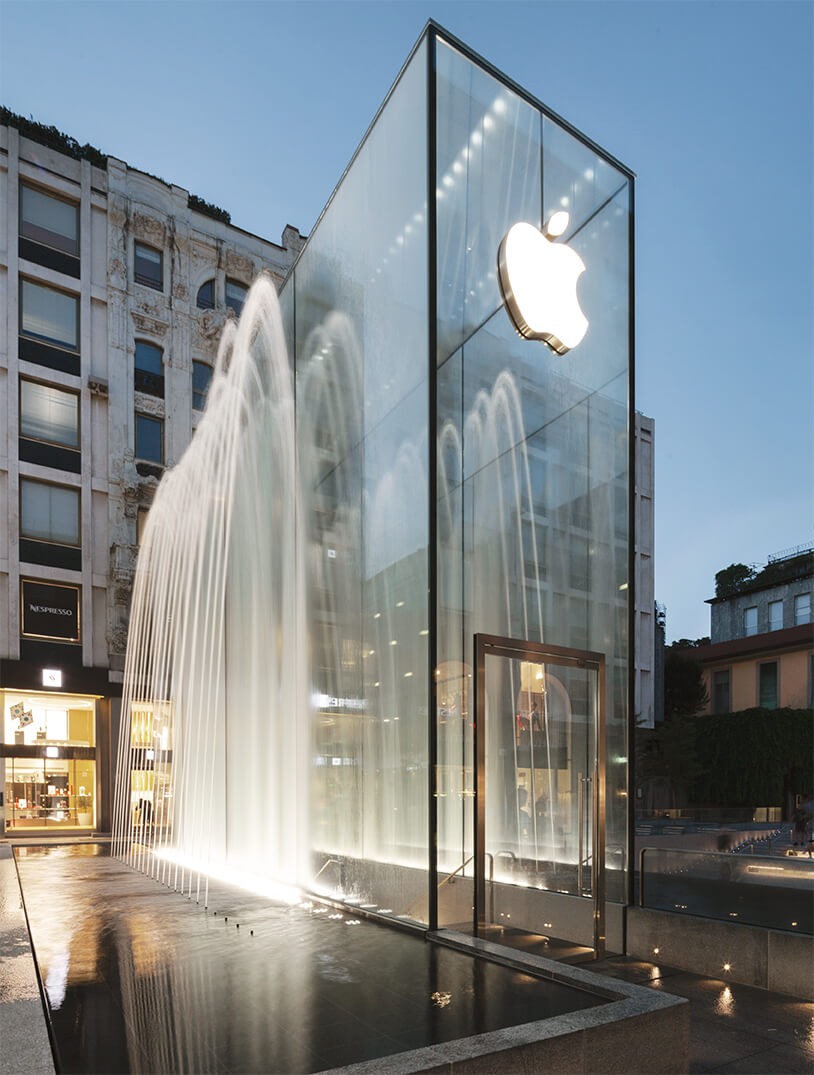
Apple Retail Store Piazza Liberty
Milan, Italy
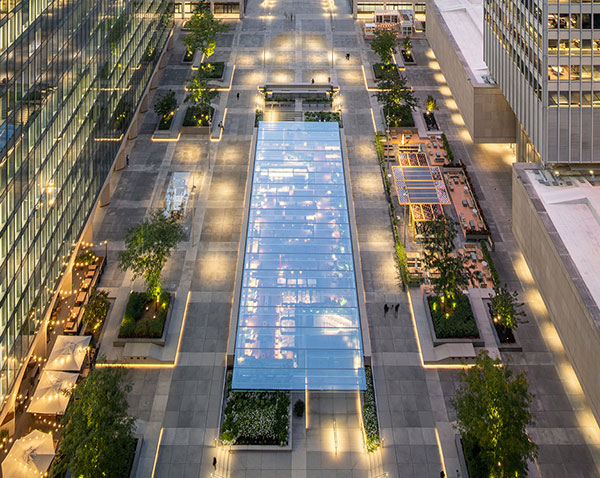
Grand Hall
Montreal, Canada

